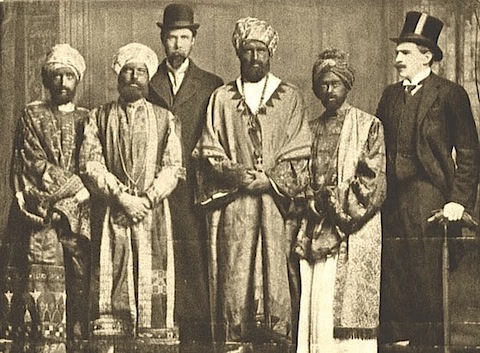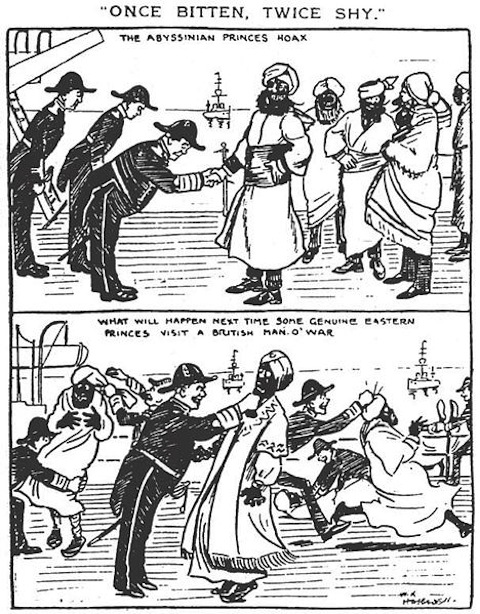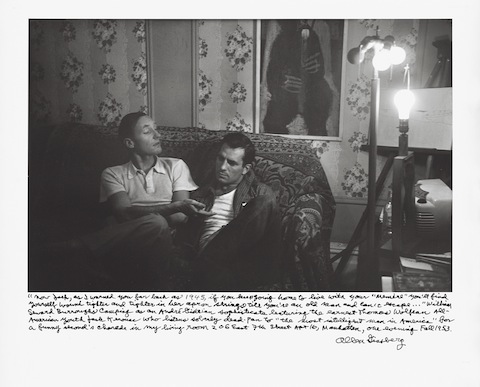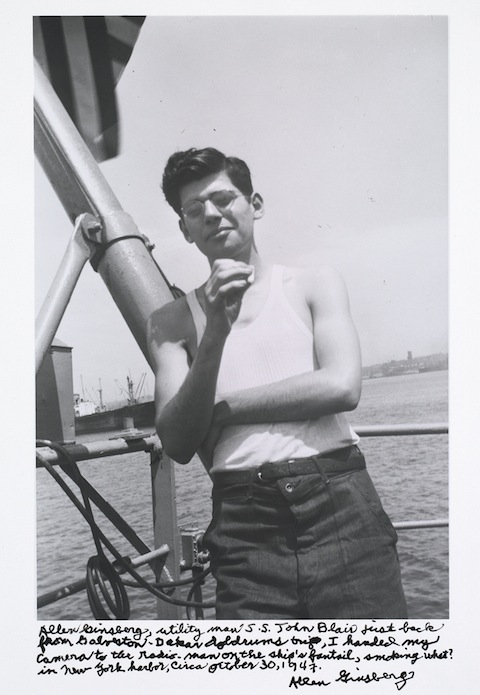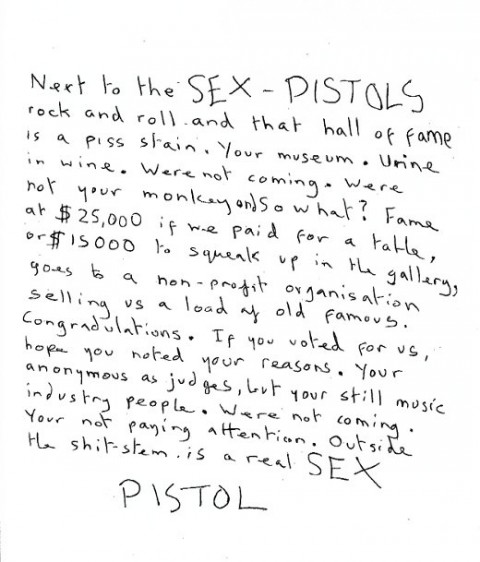A few days ago we posted an expletive-laced letter that John Lydon, formerly known as “Johnny Rotten,” faxed to the Rock and Roll Hall of Fame in 2006 to make it clear that the surviving members of the Sex Pistols would have nothing to do with their induction. “We’re not your monkey,” he wrote. At least one reader felt edified. “Thanks JR,” he said, “for not selling out.”
So we thought it would be a fun time to bring back Lydon’s 2008 commercial for Country Life Butter. The ad, which reportedly netted Lydon a cool $8 million, plays on the incongruity between two very British things: the iconic punk rocker and a rather bucolic-sounding brand of butter. The commercial places Lydon in a series of uncharacteristic situations — reading the newspaper in a gentlemen’s smoking room, waving the Union Jack as the Queen’s motorcade goes by, running from cows in the English countryside — as he says to the viewer, “Do I buy Country Life Butter because it’s British?” Do I buy Country Life because I yearn for the British countryside? Or because it’s made only from British milk? Nah. I buy Country Life because I think it’s the best.”
Lydon drew a great deal of criticism for his decision to appear in the ad, but he has been steadfastly unapologetic. “The advert was for a British product,” he told The Sun last year. “All Britain. Fantastic. We don’t seem to believe in ourselves as a country any more. And I found great empathy with that. Plus it was the most maddest thing to consider doing. I thought it was very anarchic of the dairy company to want to attach themselves to me. And they treated me with the utmost respect and I love them forever as it all allowed me to set up my record label and put out this record.”
Lydon was referring to This Is PiL, the first album in 20 years from his post-punk band Public Image Ltd. He reportedly used some of the money from the commercial to bring the group back together for rehearsals, record the album and launch their 2012 tour. “The money,” he said, “got us out of no end of troubles.” And anyway, Lydon has always had a sense of humor when it comes to the financial demands of life. His 1996 reunion with the Sex Pistols was officially named the “Filthy Lucre Tour.”
Related Content:
The History of Punk Rock: A Documentary
The Art of Punk, MOCA’s Series of Punk Documentaries, Begins with Black Flag
Malcolm McLaren on The Quest for Authentic Creativity
Punk Meets High Fashion in Metropolitan Museum of Art ExhibitionPUNK: Chaos to Couture

